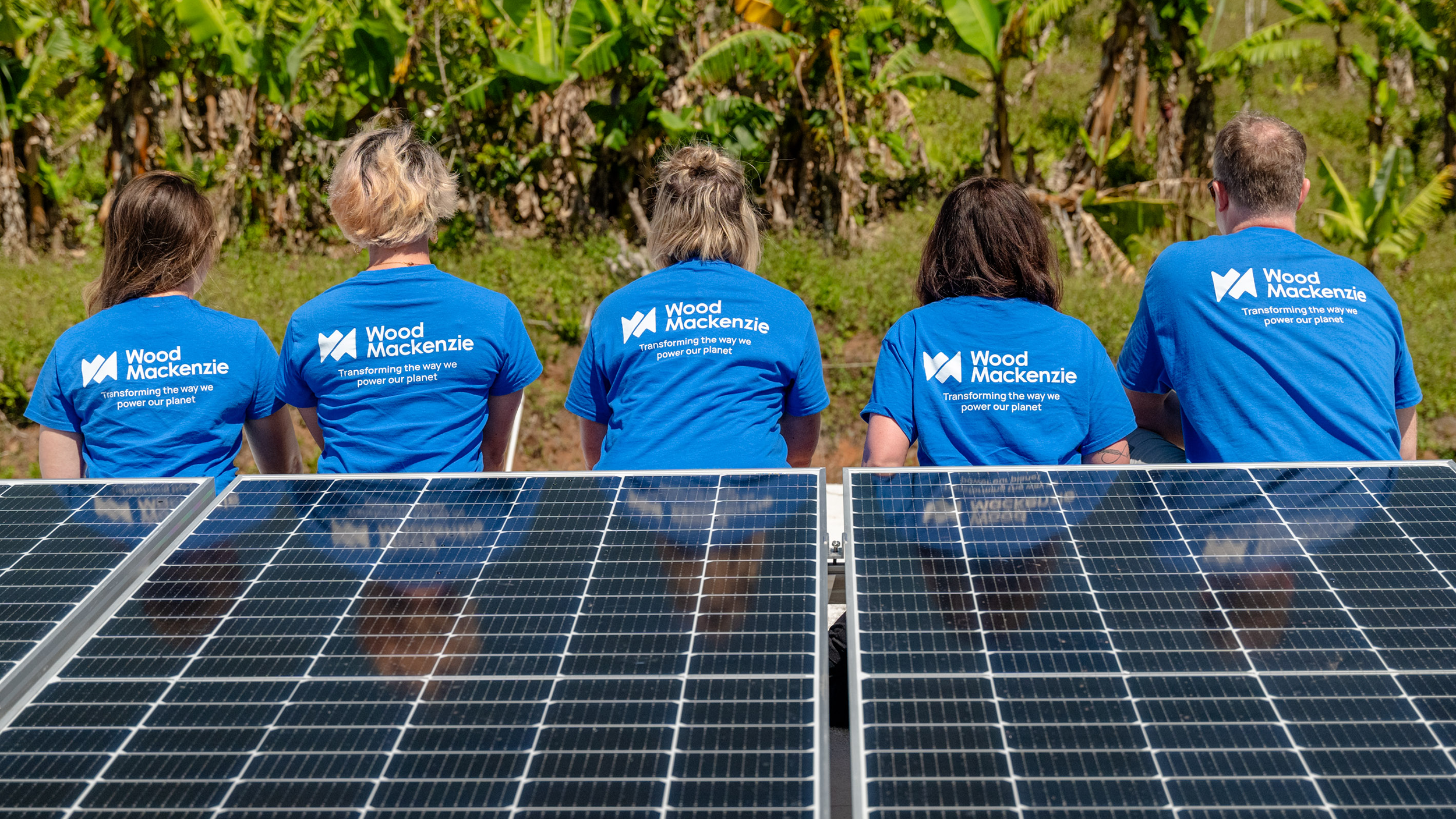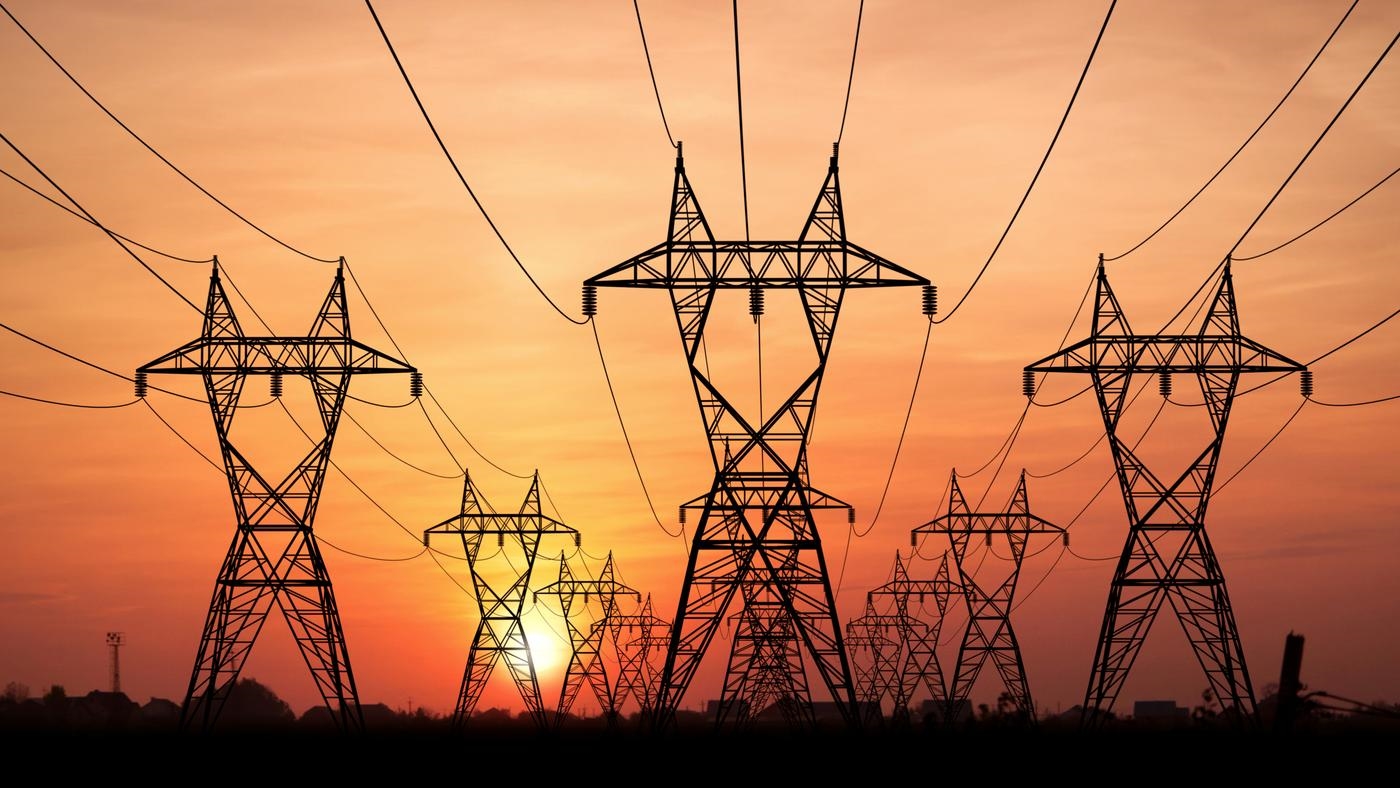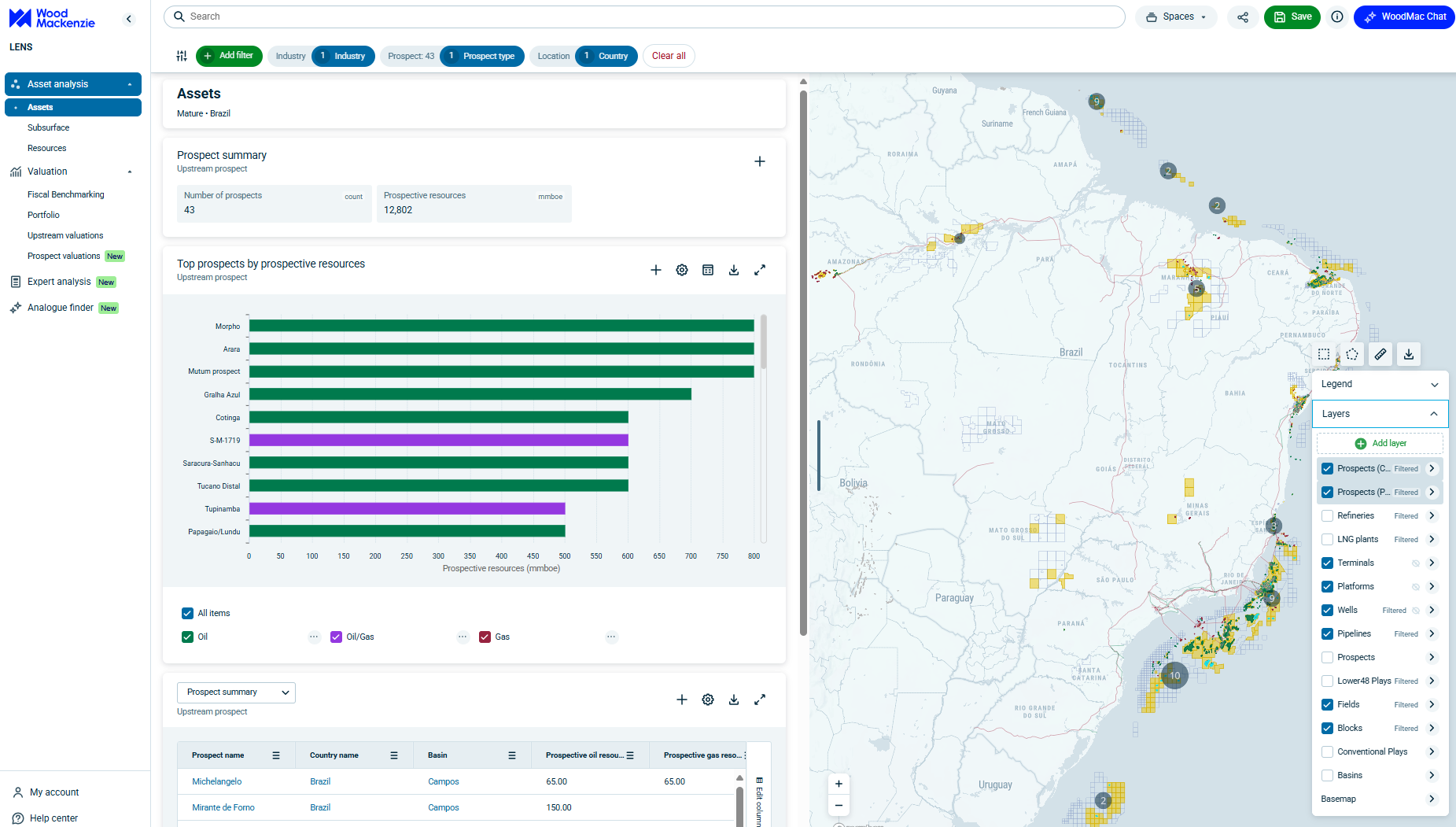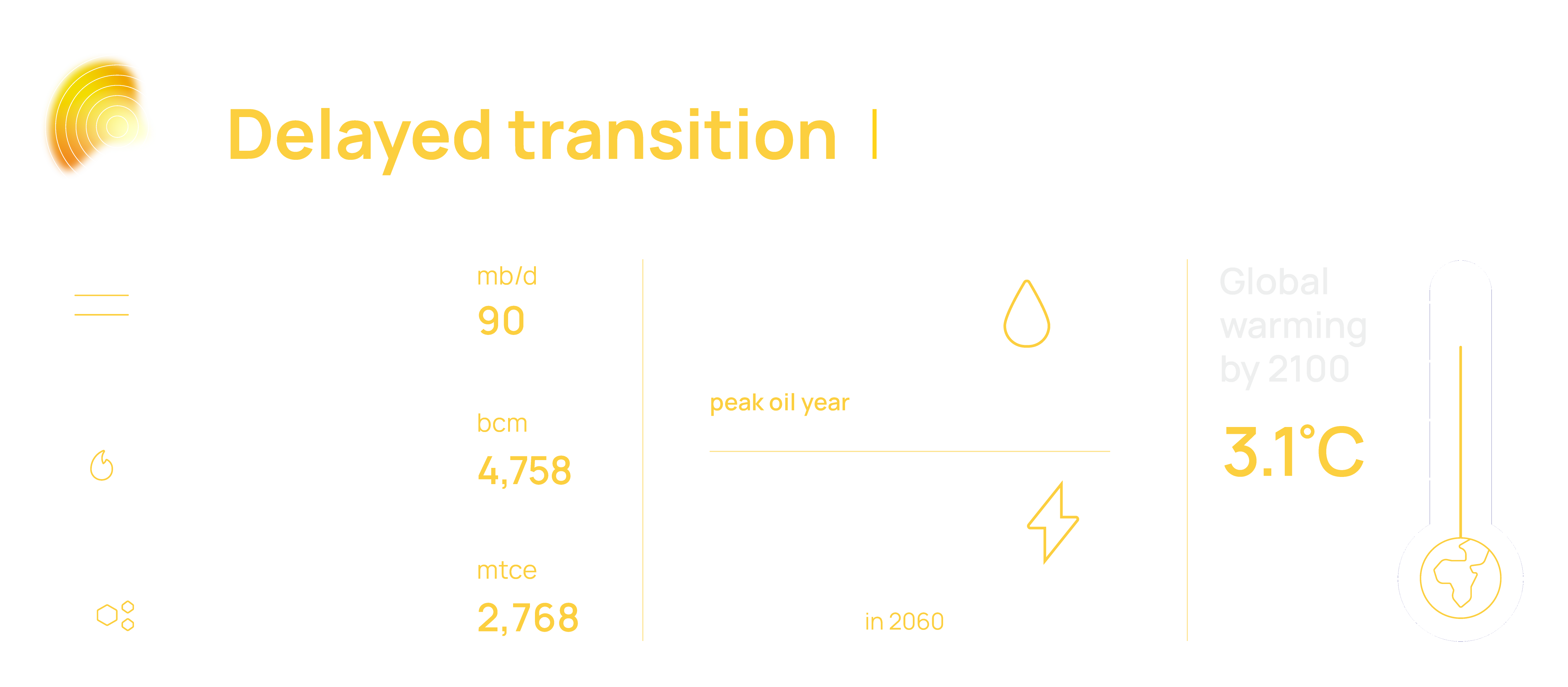

Trajectory: energy dominance
Trajectory: energy dominance
Security fears slow clean energy momentum. Fossil fuels fill the gap.
Outlook
Outlook
The world fails to meet the most ambitious goals of the Paris Agreement goals. This scenario corresponds to approximately a 3.1 ˚C pathway.
Key features of our delayed transition scenario
Fossil fuels still dominate
Oil peaks higher and later. Increased use of natural gas in industry. Asia’s emerging economies rely heavily on coal for growth.
Fossil-rich economies double down
Governments lock-in high-carbon infrastructure to protect revenues and employment.
Policy slows progress – and renewables
Governments prioritise affordability, energy security and domestic production. Supply chains tighten, slower cost reductions for key technologies.
The energy transition becomes costlier
As decarbonisation is postponed, costs are pushed into the future. The eventual shift is not only more disruptive, but expensive.
Stark geographical differences appear
Countries compete to out-manoeuvre one another and protect their own interests. There’s no shared global vision.
Emissions
Globally, net emissions peak in 2032 and reach 26.7 Gt CO2e by 2060.
Investment
Achieving this scenario requires cumulative capex spend of US$130 trillion to 2060.
See the bigger picture
Our energy transition outlook executive summary includes more analysis of these themes and the evolution of the energy and natural resources landscape across all four energy transition scenarios.
Fill in the form at the top of the page to get your complimentary copy.
Our energy transition scenarios to 2060
We’ve mapped out four distinct energy transition paths based on cross-sector, multi-commodity modelling
Base case
Base case
Our assessment of the most likely outcome, corresponding to 2.6˚C warming, under evolution of current policy and technology trends.
Country pledges
Country pledges
Our view of how countries’ existing long term emissions targets are achieved, roughly in line with a 2˚C warming trajectory.
Net zero
Net zero
A 1.5 °C by 2100 pathway, dependent on extraordinary levels of policy ambition, capital mobilisation and technological deployment.
Delayed transition
Delayed transition
A five-year delay in decarbonisation efforts due to geopolitical volatility and policy direction, with to a 3.1 °C pathway.
